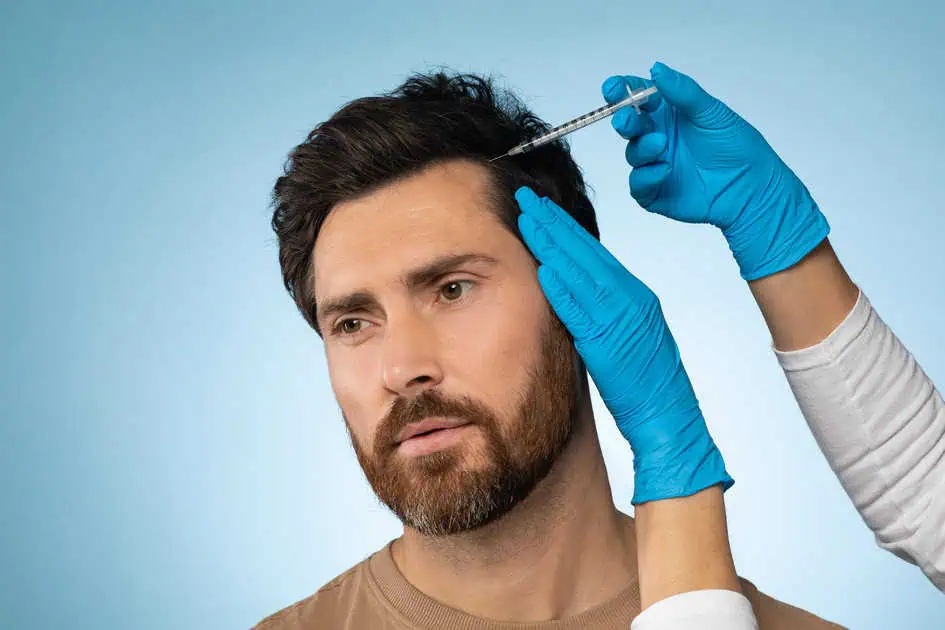

According to new research, you are probably greatly underestimating your calories, especially if you are a teenager.
The British Medical Journal published a study which showed that when teenagers guessed the number of calories in their fast-food meals, they underestimated by as much as 34%. But they weren’t the only ones: Adults and parents of young children were found to underestimate fast-food calories by as much as 23 %.
“We found that people, especially teens, are consuming more calories than they think they’re getting when they eat fast-food,” lead researcher Dr. Jason Block, of the Harvard Medical School/Harvard Pilgrim Health Care Institute, said in a press release.
The study was conducted at 89 fast-food restaurants throughout New England and surveyed 1,877 adults, 1,178 adolescents (aged 11 through 20) and 330 school-aged children (3 to 15). The children’s survey actually interviewed their accompanying legal guardian about the calories in the child’s meal. Of all the study’s participants, 25% of them underestimated their calories by at least 500. The adult meals averaged about 836 calories, but their guesses averaged around 176 calories less. The adolescents consumed about 756 calories each, but their estimates were about 259 calories too low. Children’s meals were a whopping 733 calories on average, and guardians underestimated by 175 calories.
“These findings tell us that many people who eat at fast-food restaurants may not be making informed choices because they don’t know how many calories they’re consuming,” said Block. “Having the information is an important first step for anyone wanting to make changes.
A different study, published in the American Journal of Public Health, surveyed 721 youth between the ages of 9 and 18 about calories and nutrition facts. The study showed that 42.4% of the group used the available nutrition facts. However, the youth who ate fast-food twice a week or more were 50% less likely to use the nutritional information than those who ate out less often. They found that Girls were 80 % more likely to use calorie information than boys. Obese children were 70 % more likely to report using the nutrition guides than normal weight youth.
“Our findings are important given the high prevalence of obesity among youth and the adverse health effects associated with obesity. It is encouraging that a large number of youth, particularly youth who are obese, reported using the calorie information. This may have potential to lead to improved food and beverage choices as a way to manage weight, although more research is needed to assess whether youth know how many calories they should consume in a day given their activity level,” lead author Dr. Holly Wethington, a researcher with the Centers for Disease Control and Prevention’s Division of Nutrition, Physical Activity, and Obesity, said in a press release.
Do you pay close attention to nutritional information when eating out? Are you consuming fast-food more than twice a week? Consider paying closer attention to calories to make healthier choices for yourself and your family.
Study information taken from “Teens most guilty of underestimating calories in fast food, study reveals” © 2013 CBS Interactive Inc. and Consumers’ Estimation of Calorie Content at Fast Food Restaurants: Cross Sectional Observational Study from BMJ,






Ready to schedule your beauty treatment?
We offer free consultations.